Free Sewing Cheat Sheet PDF (Download + Guide)
A comprehensive sewing cheat sheet can save you time and spare you frustration as you make your sewing projects. I’m sure you know what I mean if you’ve ever had to pause mid-sewing to Google a seam allowance, convert it from inches to centimetres.
When I first started sewing in my mid-twenties, I was frustrated at how often I had to stop and convert measurements. I’d grown up using the metric system in school, so switching to imperial units (used in many indie sewing patterns) was a bit of a learning curve. This is exactly why I created this printable sewing cheat sheet PDF. It includes all the essential info in one place: measurement conversions, fabric widths, needle types, seam allowances.
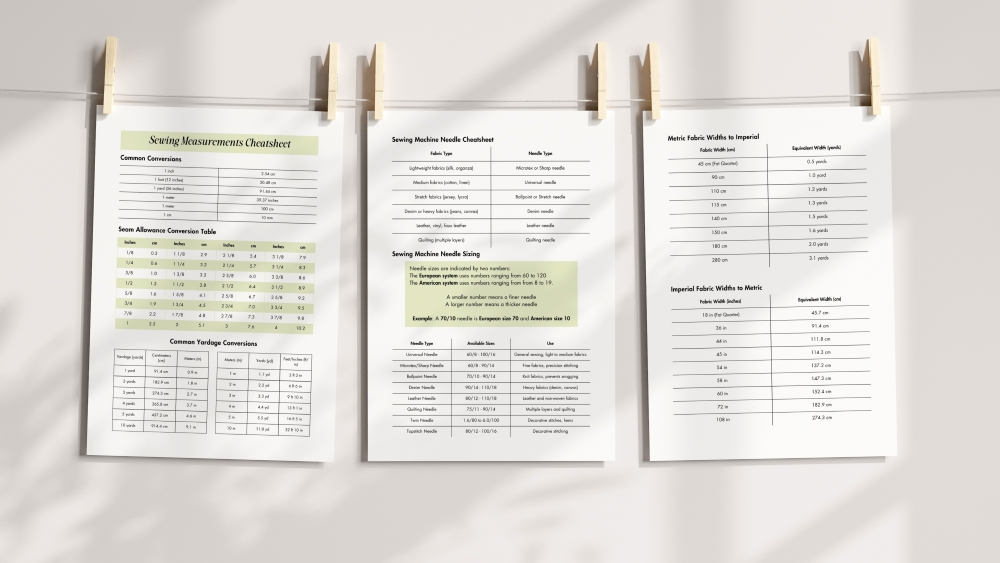
Get your free printable sewing cheat sheet download
I’ve created a Sewing Measurements Conversion Cheat Sheet as a handy reference that includes common conversions between metric and imperial units and vice versa. It also includes information about fabric widths and needle types.
Print these pages out and place them in a visible area wherever you sew.
Understanding metric vs. imperial measurements in sewing
While the imperial system receives a lot of hate, I think it was (and still can be) useful in the 19th century since it is based on simple and familiar reference such as a foot’s length. And in the absence of measuring tools, imperial measurements can be quite helpful.
The metric system was first adopted in France. Its benefits are that measurements are easy to convert and bring some consistency to the previously random and chaotic references of measurements.
Most sewing patterns I have encountered utilise imperial measurements. If like me, your sewing tools such as rulers, use centimetres it an be frustrating measuring something as simple as a test box on the first page of your sewing pattern.
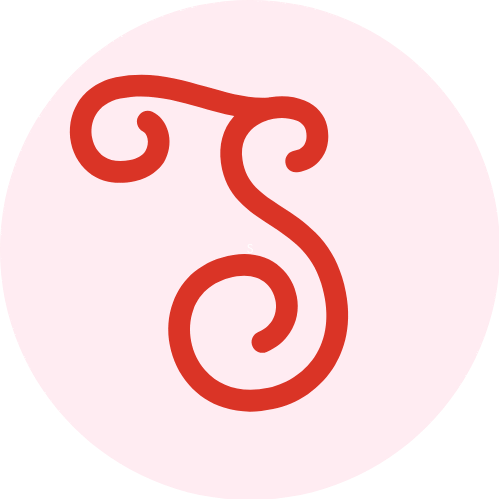
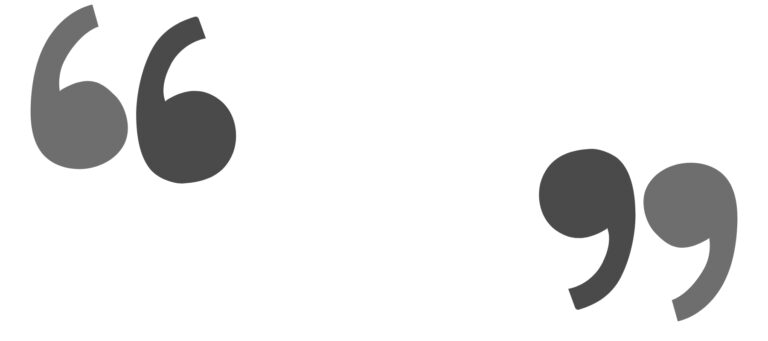
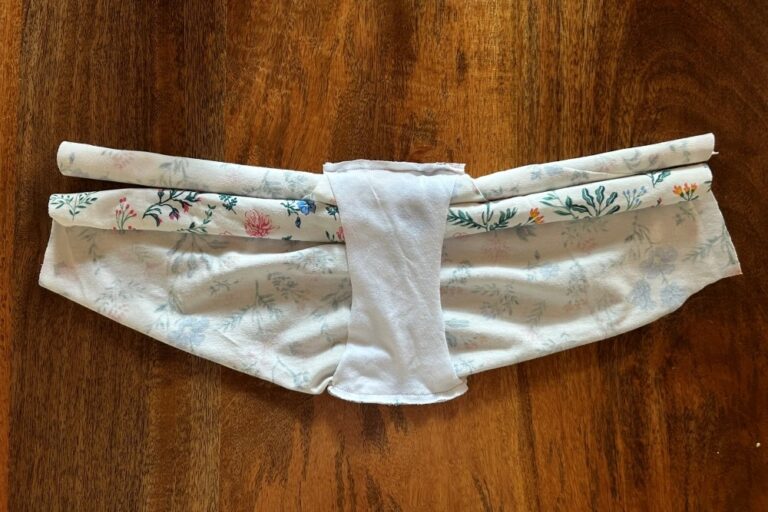
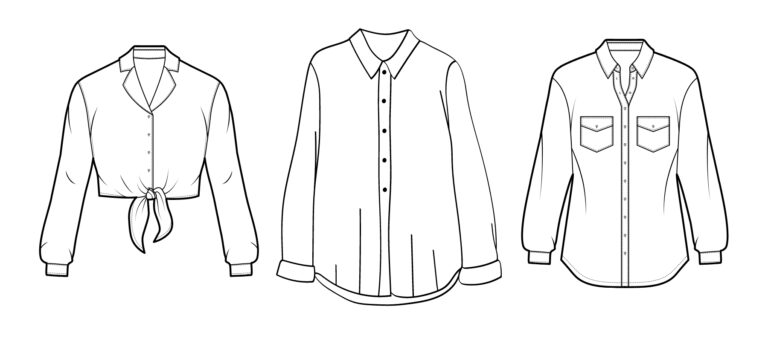
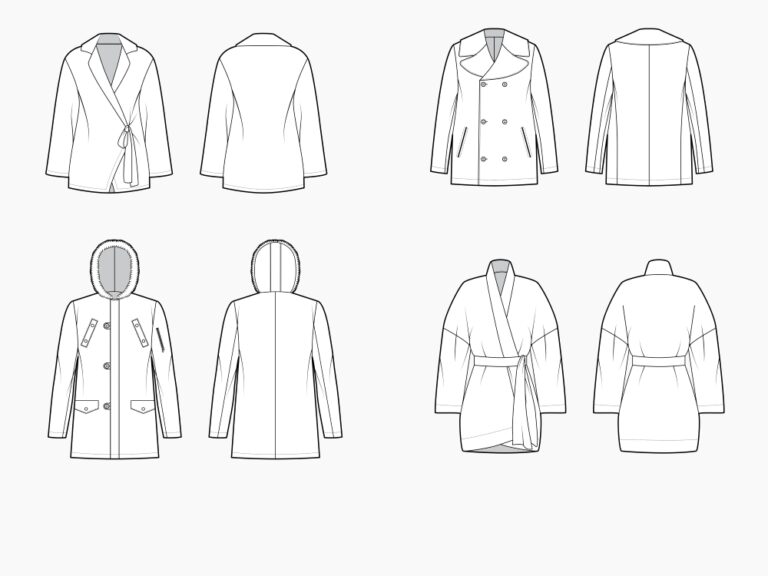
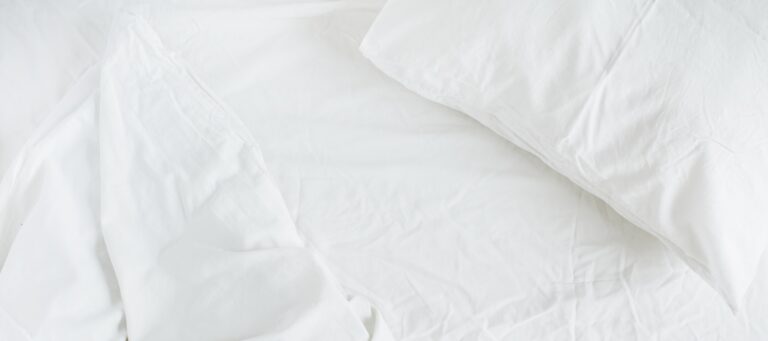
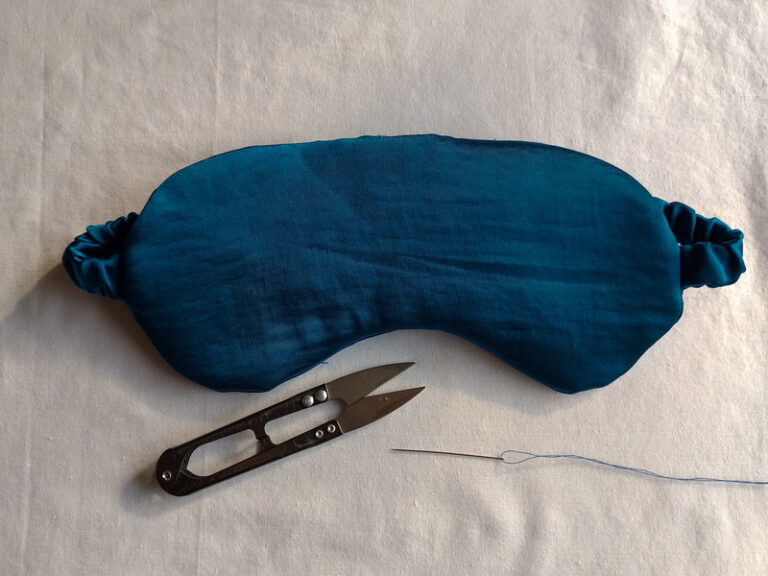
No download link…..
Hi Betty! I offer this PDF via email. There’s a sign up form at the bottom of the post.
Please send the Sewing Measurements Conversion Cheat Sheet.
Hi Beverly. I just sent you an email. I’ll test the sign up form to see if it’s working right soon.